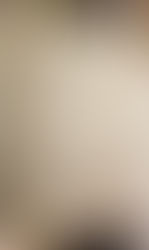Early Modern Paleography and Women's Writing III - Teaching Paleography
- Kathleen Miller

- Sep 5, 2019
- 1 min read
To round out my study of English paleography, I attended the Teaching Paleography course held at the Folger Shakespeare Library by the Folger Institute. While this was likely the last formal course I will attend in this area as part of my Postdoctoral Fellowship, my own study of paleography will be one of continuing education and ongoing practice.
With Heather Wolfe leading the course, participants from a range of backgrounds and disciplines gathered to devise a took kit for teaching students how to master reading and transcribing English handwriting.
In addition to revisiting material covered in the Introduction to English Paleography course, with an eye to the pedagogical features of each activity, attendees were encouraged to devise their own comprehensive lessons and activities to teach paleography, with the overarching guidance of a primary theme. Luckily for me, a group was organized around the subject of plague. The workshops were an invaluable opportunity to see how others envisaged teaching not only the subject of paleography, but also that of the disease as it was understood in early modern England.
I came away from the course with a greater appreciation for the role libraries and scholars are playing in ensuring greater audiences for lesser-studied materials. As the study of cursive writing is being written out of the curriculum in present-day classrooms, it is encouraging to see so many people and institutions committed to recovering and making legible voices from the past.




Comments